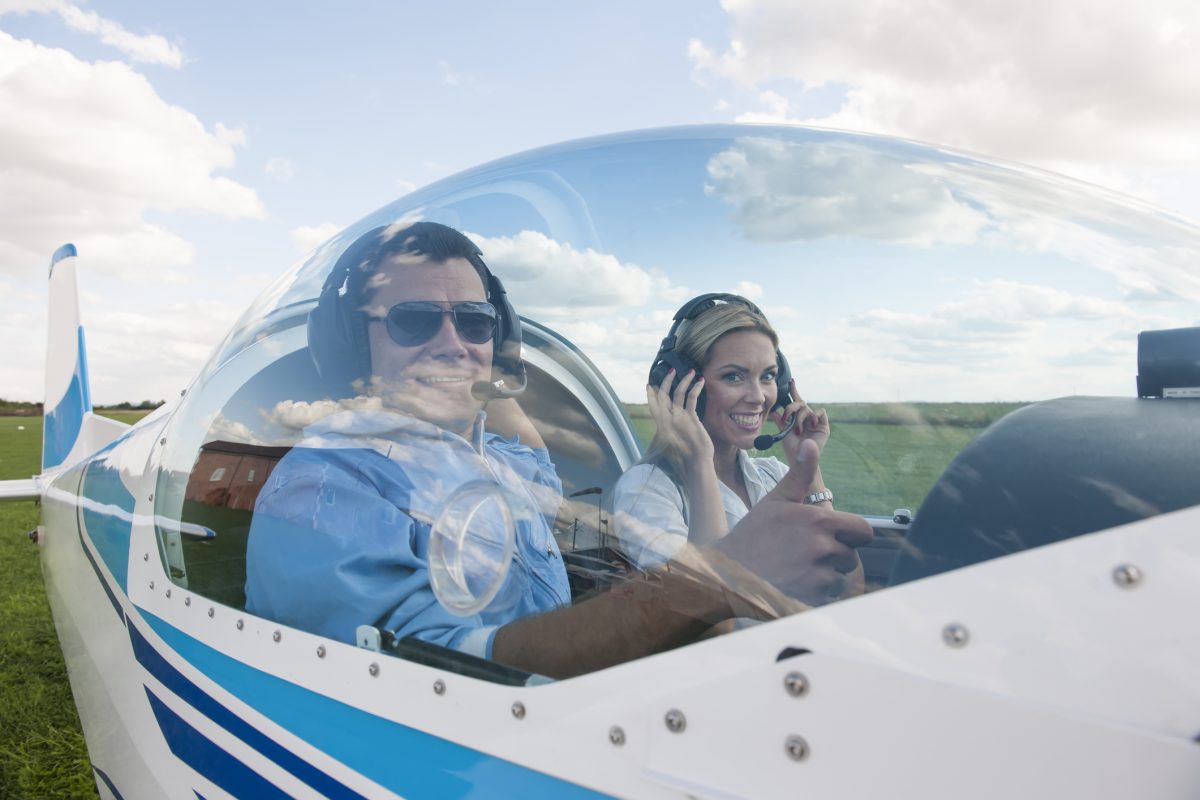
One of the most dangerous in-flight emergencies pilots can encounter may occur without the pilot even realizing it. Hypoxic hypoxia involves a deficiency of oxygen reaching the tissues of the body that can impact pilots flying at high altitudes in unpressurized aircraft. When this type of hypoxia occurs, it can impair functions of the brain and organs, leading to dangerous consequences.
A common cause of hypoxia in pilots is flying at high altitudes in unpressurized aircraft. With increased altitude, atmospheric pressure decreases, and so does the amount of oxygen reaching your bloodstream. As a pilot, you know the oxygen requirements set in place by the FAA: you must use supplemental oxygen at an altitude above 12,500 feet msl cabin pressure for more than half an hour, and anytime you’re above 14,000 feet msl. At 15,000 feet msl, you have to provide oxygen for your passengers. However, depending on factors such as age, fitness, smoking, fatigue, and physical health conditions, people can experience symptoms at altitudes as low as 10,000 feet.
One of the major issues with hypoxia is that there are a variety of symptoms, and each person may react differently. Symptoms may appear slowly, and common reactions to hypoxia include visual impairment, blue fingernails or lips, headache, impaired judgment, impaired muscle control, and drowsiness. Often, feelings of euphoria can be the first and most dangerous symptom, misleading pilots and passengers into thinking there isn’t a problem.
If you think you’re getting hypoxic, the first thing to do is put on your supplemental oxygen system, if available. Then, request an altitude below 10,000 feet from ATC or declare an emergency and descend.
Preventing hypoxia involves a combination of experience, knowledge, and preflight planning. Keeping a properly briefed passenger in the cockpit with you can help prevent accidents by keeping an eye on each other at high altitudes.